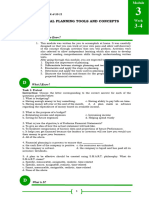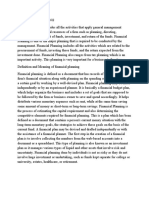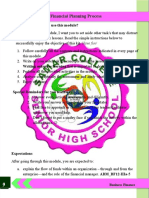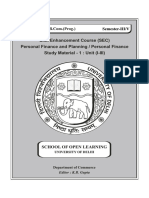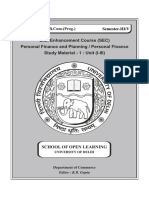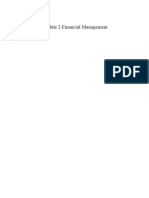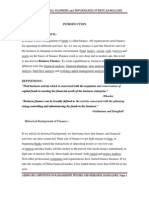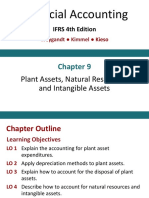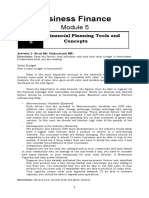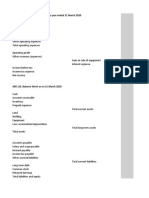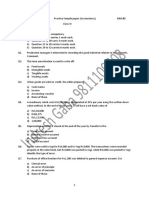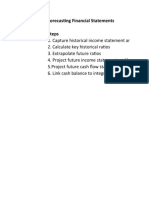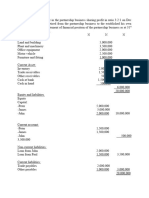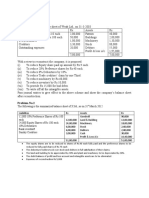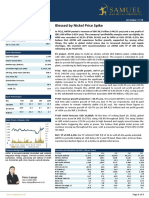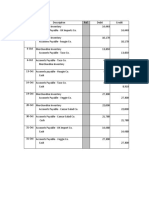0% found this document useful (0 votes)
235 views21 pagesFinancial Management Reference Module
This document outlines the steps in the financial planning process and topics covered in a financial management module. It discusses the six steps in the financial planning process as determining the current financial situation, developing financial goals, identifying alternative courses of action, evaluating alternatives, creating and implementing a financial plan, and reviewing and revising the plan. It also lists topics that will be covered, including personal financial planning, behavioral finance, cash flow planning, and developing an investment strategy. The purpose is to teach students to use systematic procedures to develop financial plans by analyzing both qualitative and quantitative client data.
Uploaded by
Mohammad Farhan SafwanCopyright
© © All Rights Reserved
We take content rights seriously. If you suspect this is your content, claim it here.
Available Formats
Download as DOC, PDF, TXT or read online on Scribd
0% found this document useful (0 votes)
235 views21 pagesFinancial Management Reference Module
This document outlines the steps in the financial planning process and topics covered in a financial management module. It discusses the six steps in the financial planning process as determining the current financial situation, developing financial goals, identifying alternative courses of action, evaluating alternatives, creating and implementing a financial plan, and reviewing and revising the plan. It also lists topics that will be covered, including personal financial planning, behavioral finance, cash flow planning, and developing an investment strategy. The purpose is to teach students to use systematic procedures to develop financial plans by analyzing both qualitative and quantitative client data.
Uploaded by
Mohammad Farhan SafwanCopyright
© © All Rights Reserved
We take content rights seriously. If you suspect this is your content, claim it here.
Available Formats
Download as DOC, PDF, TXT or read online on Scribd
/ 21

